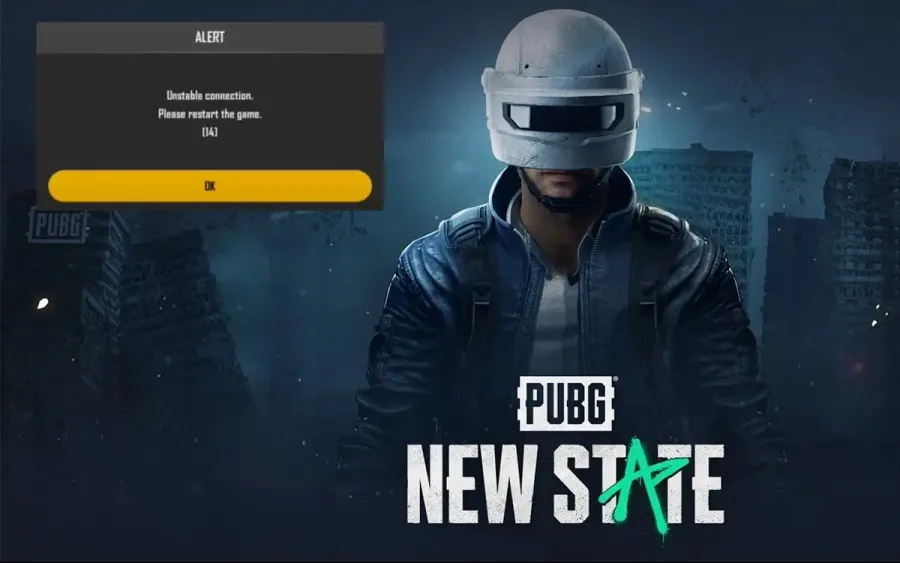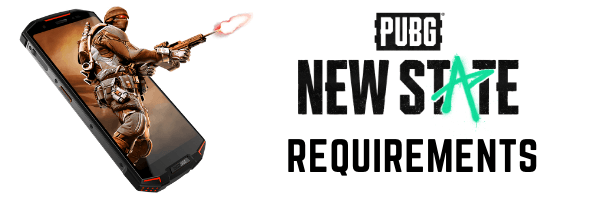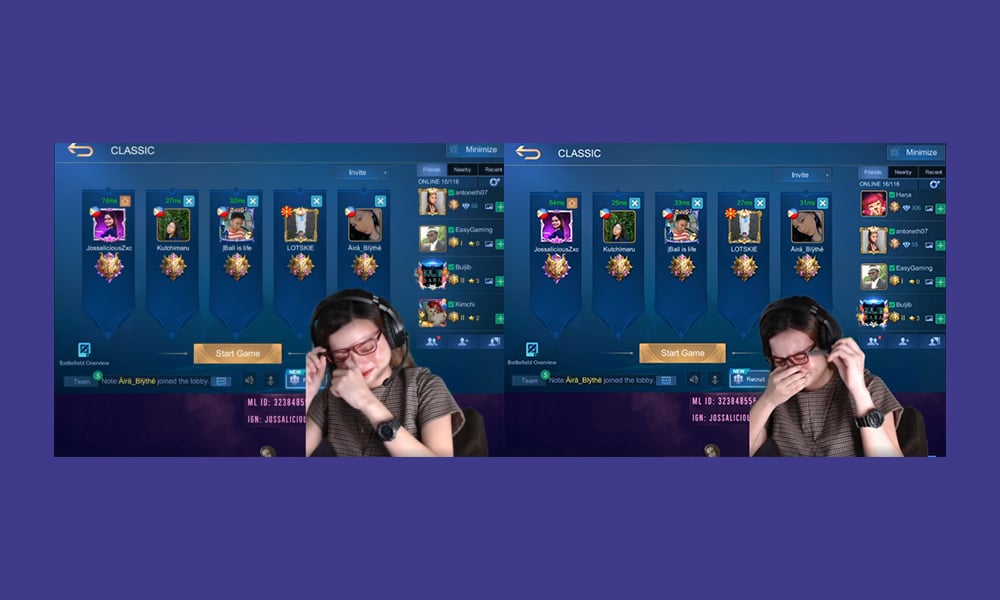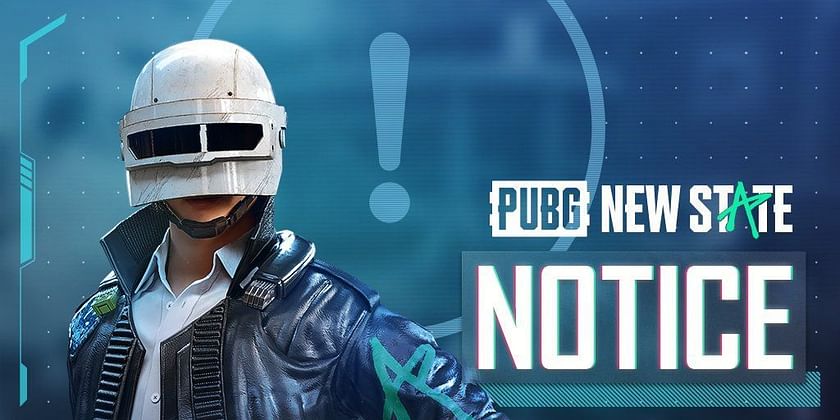Amidst significant anticipation, PUBG: New State was globally released on November 11th, 2021. Initially, the game garnered considerable attention, being perceived as a mobile replica of the PC version of PUBG. However, despite its initial popularity, PUBG: New State now seems to have faltered in the mobile gaming industry.
Here’s an in-depth analysis of the shortcomings that led to negative feedback and the reasons behind PUBG: New State’s failure in the mobile gaming realm.
Optimization Issues
Optimization plays a crucial role in ensuring a smooth gaming experience across various devices. Despite the efforts of PUBG’s skilled developers, PUBG: New State faced criticism for poor optimization, resulting in frequent crashes and lags post-release. Consequently, many gamers refrained from playing the game.
High Resource Requirements
In regions like India, where most mobile gamers use devices with lower to mid-tier specifications, game performance on such devices is paramount for success. Despite assurances that PUBG: New State would run smoothly on low-end devices like BGMI, it failed to meet expectations. The game’s demanding resource requirements made it sluggish, even on low graphics settings, and drained battery life excessively.
Also Read: PUBG MOBILE Unveils $500K Esports Season Opener for 2024
Existing Player Loyalty
Gamers accustomed to PUBG Mobile or BGMI found it challenging to transition to another Battle Royale game. While PUBG: New State shares a similar concept, it falls short in comparison to its predecessors due to bugs, glitches, and perceived similarities to PUBG PC.
Lack of Streamer Support
Streamers play a crucial role in popularizing online games. However, despite the hype surrounding PUBG: New State’s launch, notable YouTubers and streamers showed limited interest in streaming the game. This lack of endorsement contributed to fewer gamers trying out PUBG: New State.
Discrepancies in Gameplay
PUBG: New State boasts impressive graphics and futuristic gameplay but lacks the familiar gameplay mechanics of PUBG Mobile or BGMI. The game’s darker visuals and unnatural character movements failed to resonate with players, leading to a negative reception.
Conclusion
While PUBG: New State possesses potential, it requires refinement to stabilize its position in the industry. Support from streamers and professional gamers, akin to PUBG Mobile/BGMI, could bolster its popularity. Additionally, developers should consider tweaking visuals and gameplay mechanics to align more closely with player expectations.






